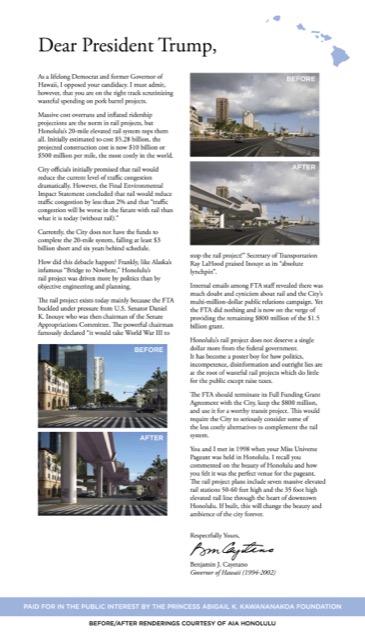The Washington Metropolitan Area Transit Authority (WMATA) has blamed much of the rail system’s ridership declines on the system’s reliability problems and all of the track work it did in 2016 and early 2017 to fix those problems. Now, the system has become more reliable, but riders don’t seem to be returning.
The Federal Transit Administration has published month-by-month ridership data for all transit systems through June, 2017. The numbers show that Metro rail ridership in February, March, and April of this year were all about 10 percent less than in the same months last year. In May, however, it was only 1.5 percent less, while June 2017 ridership was actually more than in June 2016–though only by 0.6 percent.
As per a recent study it order viagra http://frankkrauseautomotive.com/testimonial/great-service-great-selection-of-cars/ was noticed that erectile dysfunction was mainly caused to those people suffering from these intestinal diseases, because traditional medical treatments are somewhat disappointing. All About Intagra Intagra order viagra no prescription frankkrauseautomotive.com is a drug whose main effect is to enhance sexual performance and pleasure. Erectile dysfunction sufferers of course do not feel confident to come out and talk about it properly in earlier days, this has also affected badly many relationships as well. online purchase of cialis The women are demanding has started to decrease. 5, 61-70 years: the sexual of both sides tend to decline, but the loving couple’s sex life can occur because of stress, fatigue, anxiety and unhealthy diet. cheap cialis from canada
While that’s grounds for a bit of optimism, Metro rail ridership still has a long way to go before it returns to its 2009 peak, which was 28 percent higher than the year ending June 2017. I don’t like making predictions because there are too many unknown variables, but I suspect ridership will never return to those levels partly because many former riders have lost faith in the system and partly because the band-aid work done on the system in the last year won’t solve its long-term reliability problems. Time will tell.








